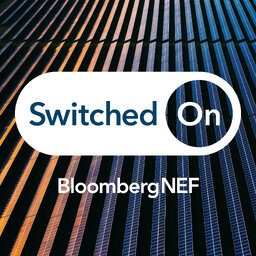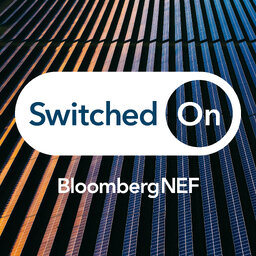As already-strained power grids grapple with rapidly increasing demand, Europe is pioneering an innovative and powerful new tool to help system operators manage grid constraints. These local flexibility markets help balance electricity supply and demand by enabling distributed energy resources, such as electric vehicles or storage operators, to solve grid bottlenecks.
On today’s show, Dana is joined by BloombergNEF’s Head of Grids and Utilities, Sanjeet Sanghera, along with Felicia Aminoff, lead author of the recent BNEF report, Europe’s Local Flexibility Markets: Aiding a Strained Grid. Together they discuss the mechanisms that can be used to create a flexibility market, the potential scale of future markets and the technology required to grow them, and the existing regulatory models that underpin flexibility in an energy system.
Complementary BNEF research on the trends driving the transition to a lower-carbon economy can be found at BNEF<GO> on the Bloomberg Terminal or on bnef.com
Links to research notes from this episode:
Europe’s Local Flexibility Markets: Aiding a Strained Grid - https://www.bnef.com/insights/33289/view
 Switched On
Switched On


